If you’re looking for a low-maintenance, easy-to-grow plant to add to your container garden, look no further than the hosta. Hostas are a type of lily that come in a variety of colors and sizes, and they’re one of the most popular plants for shady gardens. While they’re typically grown in the ground, they can also be grown in containers. Here’s a hands-on guide to growing hosta in containers.
Can You Grow A Hosta Indoors?
Hosta is a versatile plant that can be grown in a number of different ways, including in containers. While hosta can be grown indoors, there are a few things to keep in mind in order to ensure success.
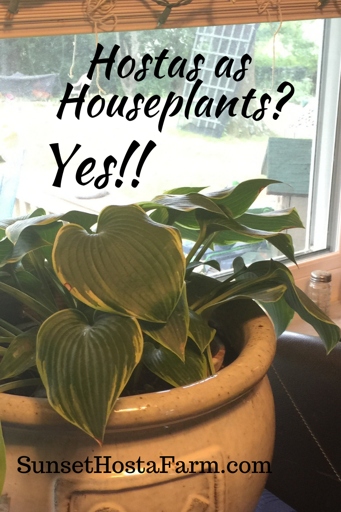
A south-facing window is ideal, but east- or west-facing windows can also work. First, hosta need bright, indirect light in order to thrive. If you don’t have a bright window, you can supplement with grow lights.
Second, hosta need well-drained soil. Be sure to use a potting mix that contains perlite or vermiculite to help with drainage.
With a little care, you can successfully grow hosta indoors. Finally, hosta are susceptible to a number of pests and diseases, so it’s important to inspect your plant regularly and take action if you see any problems.
Which Hostas Grow Well In Containers?
Larger varieties, such as ‘Sum and Substance’ and ‘Empress Wu’, can also be grown in containers, but may need to be repotted more frequently. Smaller varieties, such as ‘Mini Skirt’ and ‘Blue Mouse Ears’, are ideal for container growing, as they will not outgrow their space too quickly. Hostas are a versatile plant that can be grown in a variety of ways, including in containers. While any hosta can technically be grown in a container, some varieties are better suited for this type of growth than others.
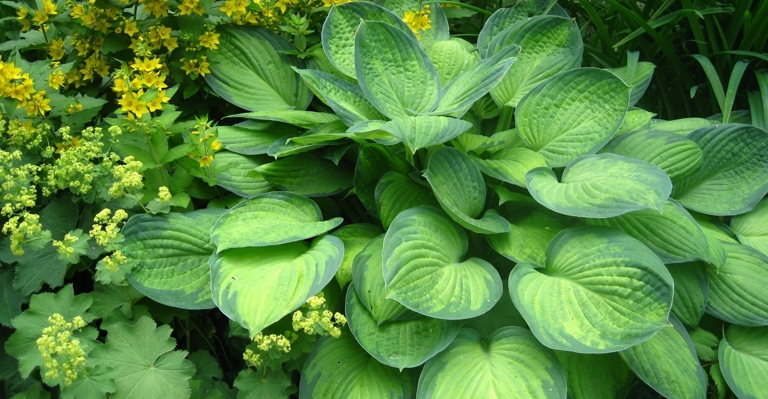
When choosing a container for your hosta, make sure it is large enough to accommodate the plant’s root system. A good rule of thumb is to choose a pot that is 1-2 times the size of the plant’s root ball. A pot that is too small will restrict the plant’s growth and may cause it to become rootbound. Drainage is also important, so make sure your pot has drainage holes in the bottom.
Container-grown plants will dry out more quickly than those grown in the ground, so be sure to check the soil regularly and water as needed. Make sure to water your hosta regularly, especially during periods of hot, dry weather. Hostas are typically low-maintenance plants, but they do need some basic care in order to thrive. Fertilize your hosta once or twice a year with a balanced fertilizer to promote healthy growth.
Choosing a Pot
It’s also important to choose a pot with drainage holes to prevent the roots from sitting in water. When it comes to choosing a pot for your hosta, there are a few things to keep in mind. The pot should be large enough to accommodate the roots of the plant, but not so large that the plant becomes unstable.
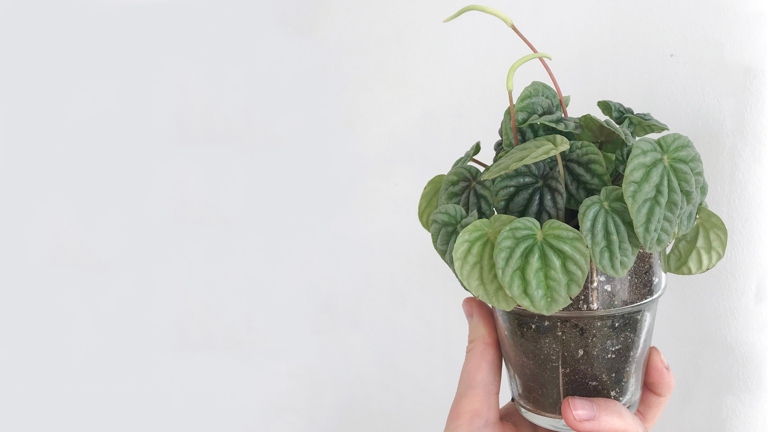
It’s also important to choose a pot with drainage holes to prevent the roots from sitting in water. If you’re growing hosta in a pot, it’s important to choose the right size pot. The pot should be large enough to accommodate the roots of the plant, but not so large that the plant becomes unstable.
Choose a pot that’s large enough to accommodate the roots of the plant, but not so large that the plant becomes unstable. And be sure to choose a pot with drainage holes to prevent the roots from sitting in water. When it comes to choosing the right pot for your hosta, size and drainage are the two most important factors to keep in mind.
How Does A Potted Hosta Survive The Winter?
Second, water your hosta regularly throughout the winter, as the plant will go dormant and won’t need as much water as it does during the growing season. When it comes to overwintering potted hostas, there are a few things you can do to ensure your plant survives the colder months. First, make sure your pot is big enough – hostas can grow quite large, so you’ll need a pot that’s at least 18 inches in diameter. Finally, mulch your hosta with straw or leaves to insulate the roots and protect them from the cold.
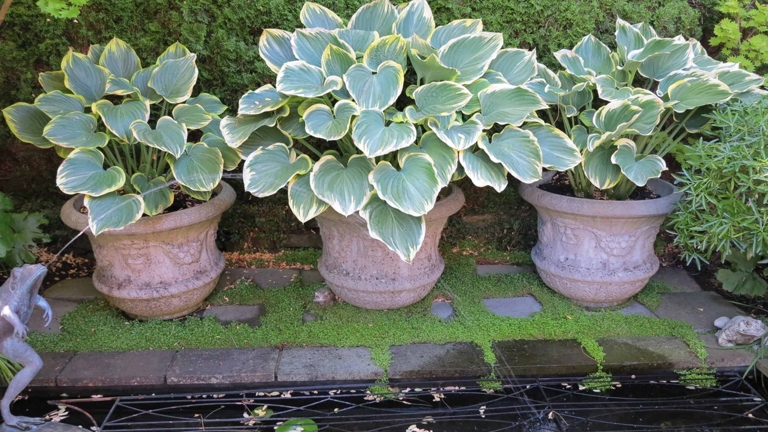
With a little care, your potted hosta will survive the winter and be ready to thrive come spring.
How To Take Care Of The Hosta In A Pot
Here are a few tips on how to take care of the hosta in a pot: They are easy to care for and make a great addition to any garden. Hosta is a beautiful plant that can add a touch of elegance to any home.
They like to be kept moist, but not soggy. Water them in the morning so that the leaves have time to dry before nightfall. Water the hosta regularly. 1.
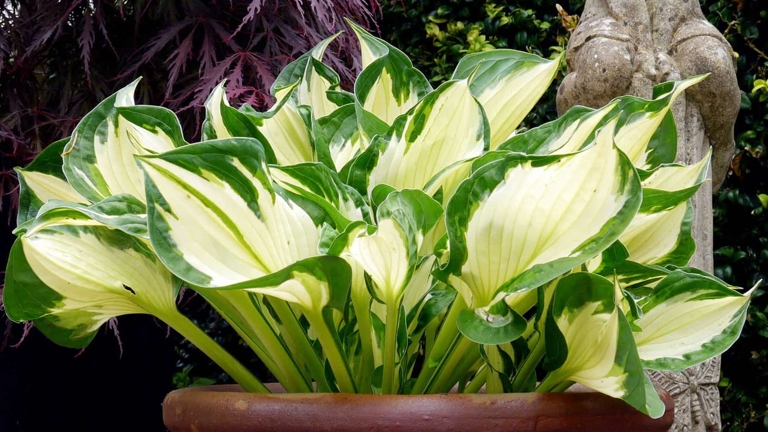
This will help them to stay healthy and looking their best. 2. fertilize the hosta every few weeks.
3. This will help to keep them from getting too big for their pot. Prune the hosta as needed.
If you see any, treat them immediately. 4. Watch for pests and diseases.
By following these simple tips, you can keep your hosta healthy and looking great all season long.
My Guidelines For Growing Hostas In Pots
First, choose a pot that is at least 12 inches wide and 18 inches deep. Lastly, provide some protection from the sun, as too much direct sunlight can scorch the leaves. When it comes to growing hostas in pots, there are a few key things to keep in mind in order to ensure success. Be sure to water regularly, as hostas need consistent moisture to thrive. This will give the roots plenty of room to grow and spread out. By following these simple guidelines, you can enjoy beautiful hostas in your own container garden. Second, use a good quality potting mix that is designed for container plants.
Frequently Asked Questions
1. What are the benefits of growing hosta in containers?
There are several benefits to growing hosta in containers. First, it allows you to control the environment in which the hosta grow, which can be beneficial if you live in an area with harsh weather conditions. Second, it can help to prevent pests and diseases from affecting your plants. Finally, growing hosta in containers can be a great way to add interest to your garden.
2. What type of container should I use for my hosta?
The type of container you use for your hosta will depend on the size of the plant and the amount of space you have available. A small hosta can be grown in a pot that is 8-10 inches in diameter, while a larger plant will need a pot that is at least 12 inches in diameter.
3. What type of soil should I use for my hosta?
Hosta prefer a rich, well-drained soil. You can use a commercial potting mix or make your own by mixing equal parts peat moss, perlite, and vermiculite.
4. How often should I water my hosta?
Hosta should be watered on a regular basis, keeping the soil moist but not soggy. Water your plants in the morning so that the leaves have time to dry off before nightfall.
5. What type of fertilizer should I use for my hosta?
A slow-release fertilizer is ideal for hosta. Apply the fertilizer according to the package directions and be sure to water it in well.
6. What are the best conditions for growing hosta?
Hosta prefer a shady location with moist, well-drained soil. They will tolerate some sun, but too much sun can cause the leaves to scorch.
7. How do I propagate hosta?
Hosta can be propagated by division. Dig up the plant and carefully divide it into smaller sections, making sure that each section has at least one bud. replant the sections in individual pots and water well.
8. What pests or diseases should I be aware of?
Pests that can affect hosta include slugs, snails, and Aphids. Diseases that can affect hosta include powdery mildew and leaf spot.
9. What is the best time of year to plant hosta?
The best time to plant hosta is in the spring, after the last frost date.
10. How long do hosta live?
Hosta can live for many years with proper care.
Final thoughts
If you’re looking for a low-maintenance plant to spruce up your porch or patio, look no further than the hosta. With a little bit of TLC, these shade-loving plants can thrive in containers. Follow the tips in this guide, and you’ll be well on your way to growing healthy and beautiful hostas.
